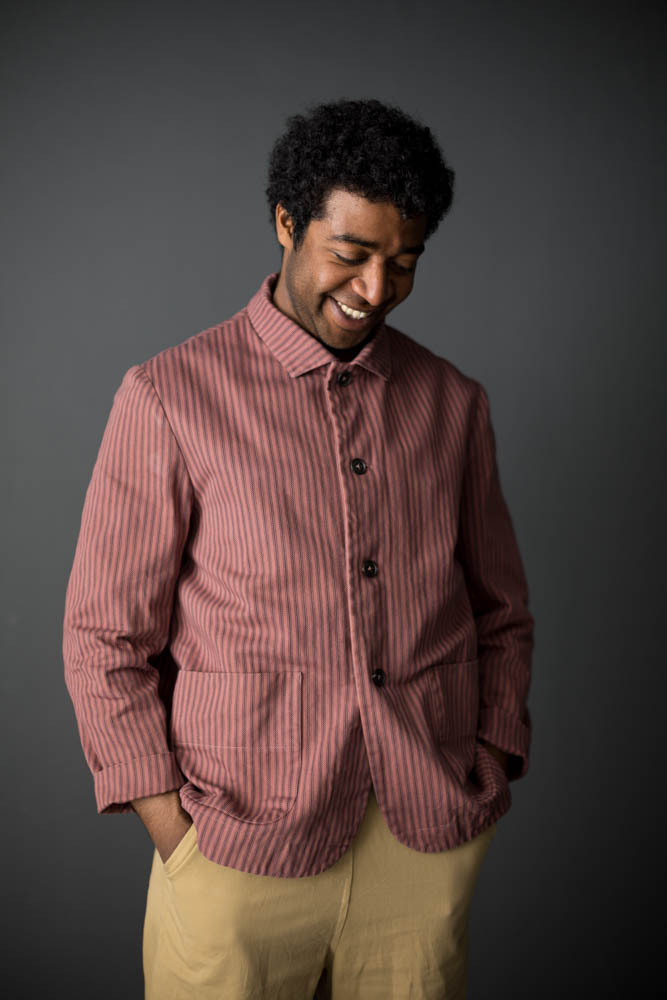
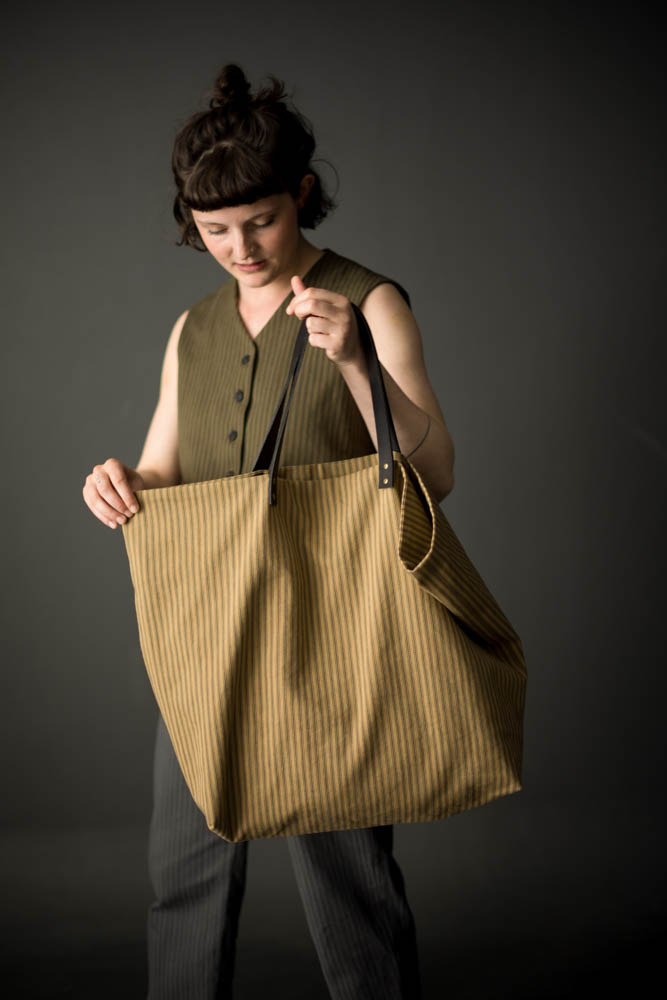
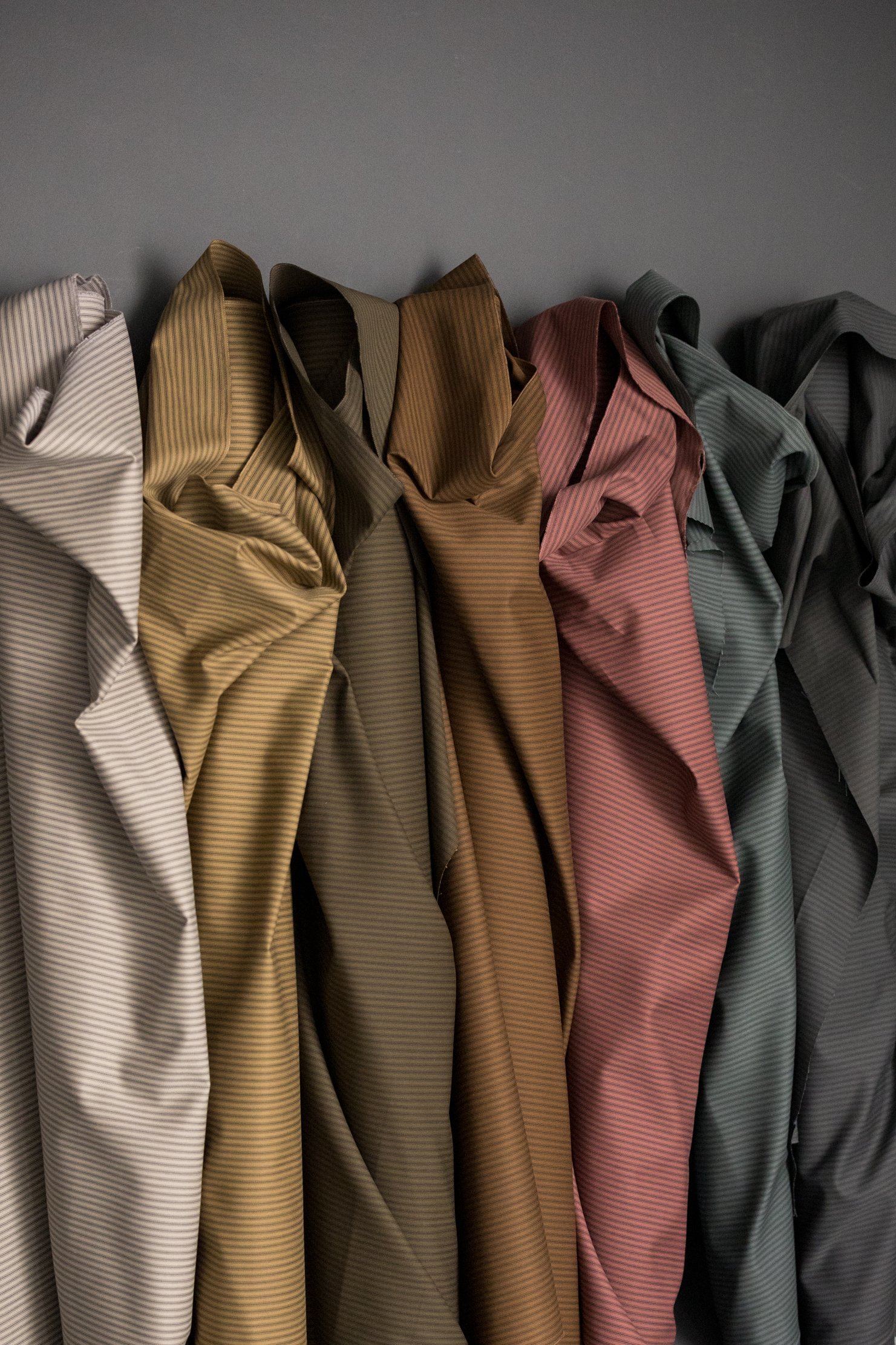
The Cloth
A high-quality organic cotton ticking that we have overdyed in classic Merchant & Mills tones. At 340gsm/10oz, this cloth was developed with interiors in mind, but would also work well for more structured makes.
Production & Certification
Cotton makes up over half of the fibre used in clothing and textile production worldwide. It has a long history and is a favourite amongst makers for its flexibility and durability. The fibre starts life as a soft, fluffy staple fibre that grows in a boll (protective case) around the seeds of the cotton plants.
Over 60% of the world’s cotton is grown and produced in developing countries and provides a livelihood for over 100 million farmers. But intensive farming methods are often used, such as overusing water and pesticides, and those methods threaten the ecosystems cotton depends on. We therefore look for mills that are Fairtrade or Organic. Organic cotton is cotton that is produced and certified to organic agricultural standards and so sustains the health of soils, ecosystems, and people by using natural processes. Organic cotton farming does not permit using toxic chemicals or genetically modified crops. Instead it combines tradition, innovation, and science to benefit the shared environment.
Made in Turkey, our Overdyed Organic Cotton Ticking range is 100% Organic Cotton that is OEKO-Tex 100 certified and ISO 9001 & ISO 14001 certified. We work with a mill in Turkey focused on investing in eco solutions to reduce emissions as much as possible. In 2020, the mill invested in a A++++ energy efficient air conditioning and heating system which has reduced their energy usage by 50.2% the following year. They’ve also planted 1000 Red Pine trees to offset a portion of their CO2 emissions. In 2021, the mill started to harvest rain water with the aim of only using rain water in their production – the rain water is recycled and re-used in their dye plants. The ticking is then overdyed at a small factory in the UK in our chosen colours.
Suitable Patterns
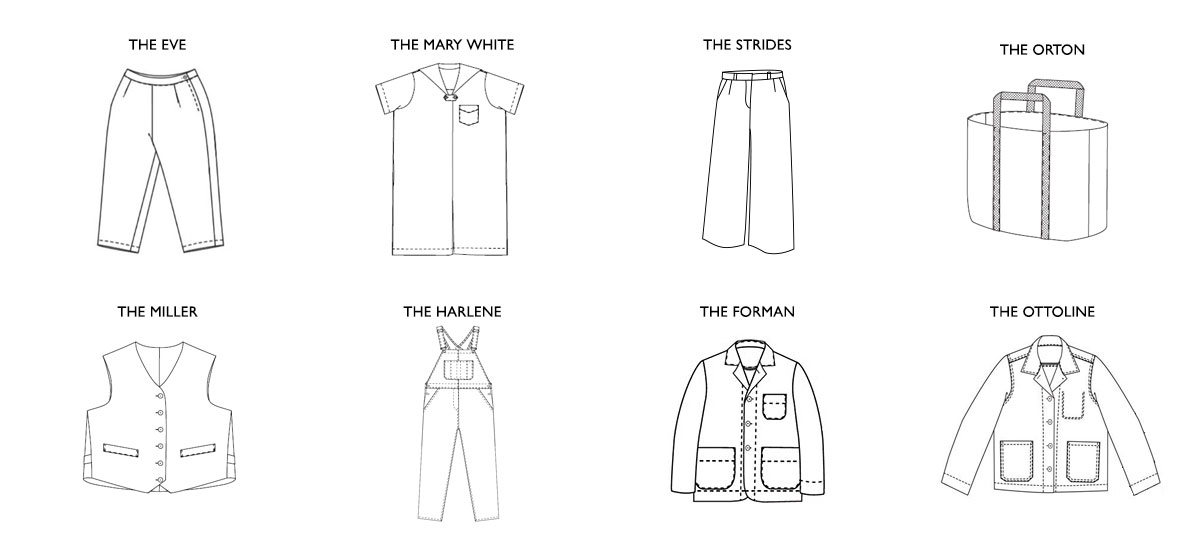
How to sew overdyed organic ticking
- At 10oz, our Overdyed Organic Ticking is quite heavy-weight and sturdy. Ensure that you’ve prewashed the cloth to soften it, particularly if the fabric will be used to sew garments.
- If topstitching, we recommend using Extra Strong thread (rather than Topstitching thread). You can use regular thread in the bobbin. Increase the stitch length for topstitching (typically between 3-4).
- Be conscious of clipping and layering your seams to reduce bulk. We have a video tutorial about how to layer your seams here.
- Remember to iron between steps (and use lots of steam!)
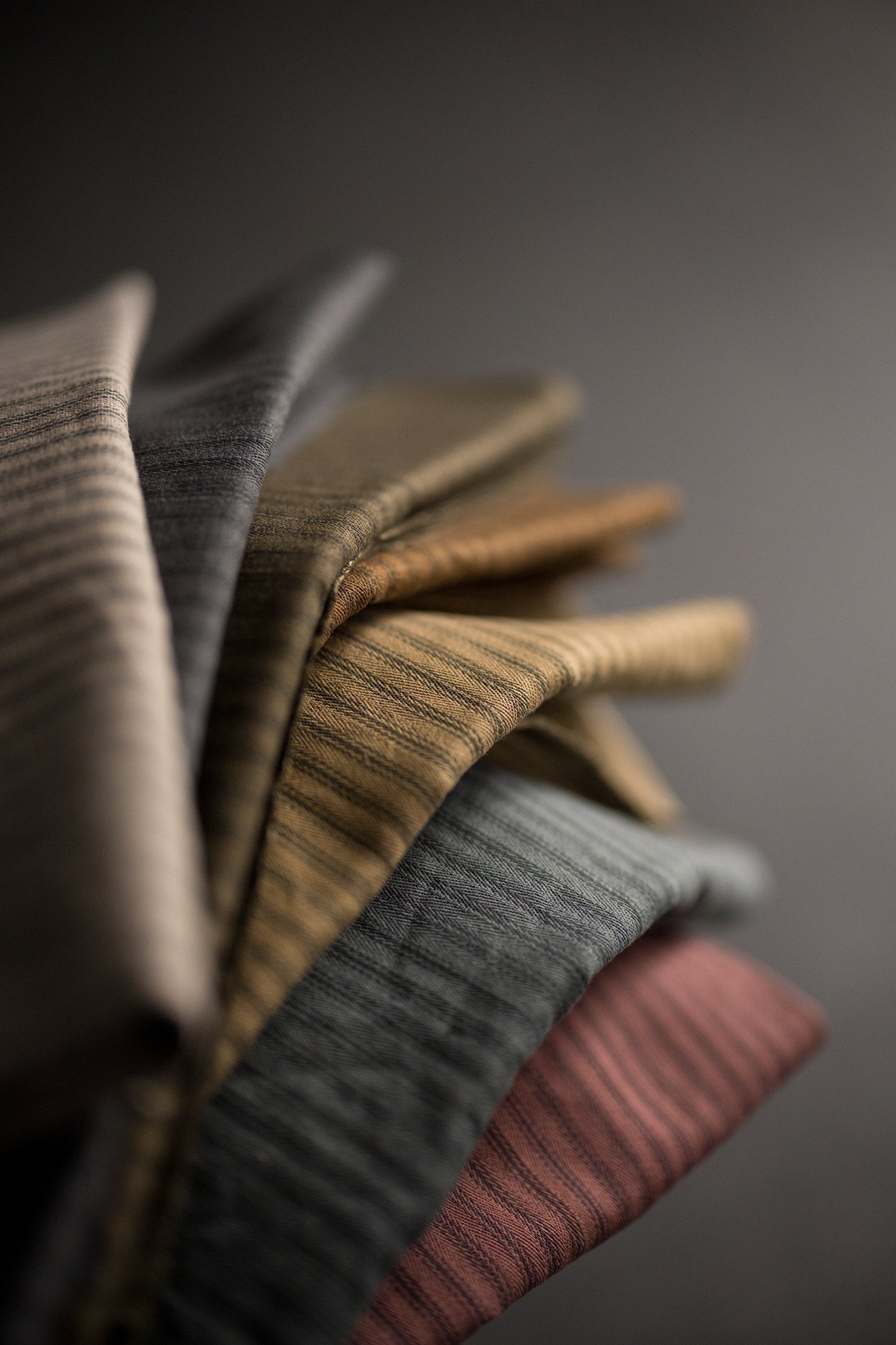
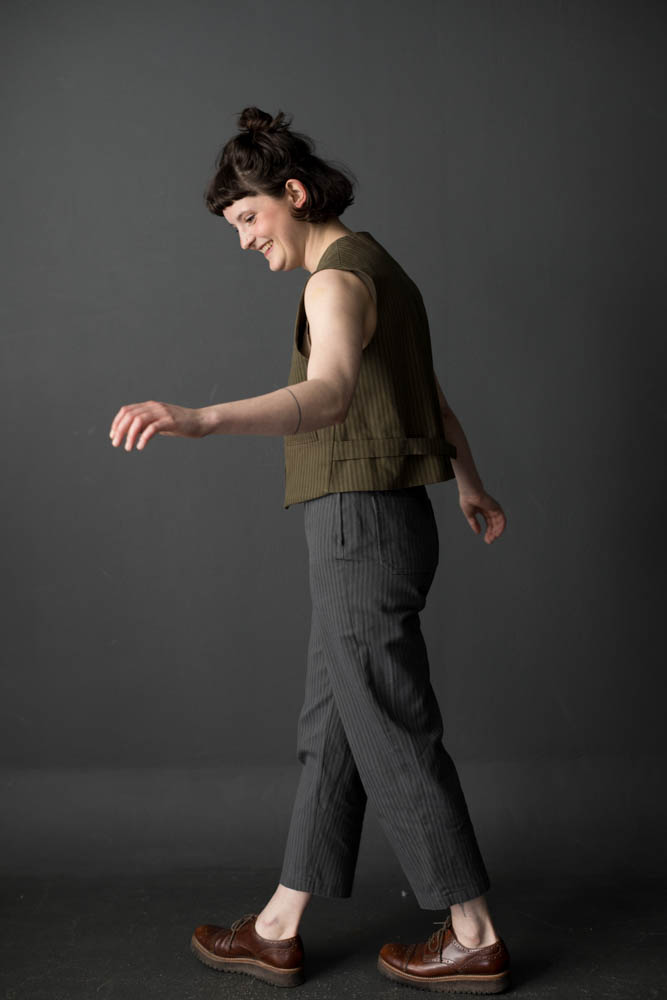

Fabric Care
How to pre-wash overdyed organic ticking
We always recommend pre washing the fabric in the way you want to wash your final garment. For this cloth, we would advise pre-washing on a delicate 30 degree cycle with a low spin. Putting a large piece of medium-heavy weight canvas into the washing machine can sometimes lead to white creases in the fabric, this is because it is a stiff fabric so it doesn’t have room to move around. We therefore recommend soaking the cloth in water and letting it fully absorb before putting the cloth in the washing machine. We also recommend washing the cloth on its own for the first wash. If white creases develop on the cloth, ironing on a medium heat whilst still damp will help.
If you are using this ticking for upholstery then you might decide to not pre wash.
How to wash overdyed organic ticking
We recommend washing on a delicate 30 degree cycle with a low spin. When you have made the garment we would advise washing it inside out.
How to dry overdyed organic ticking
Do not tumble dry, and instead let your cloth air dry. Do not dry or store this ticking in direct sunlight as it can bleach your fabric.
